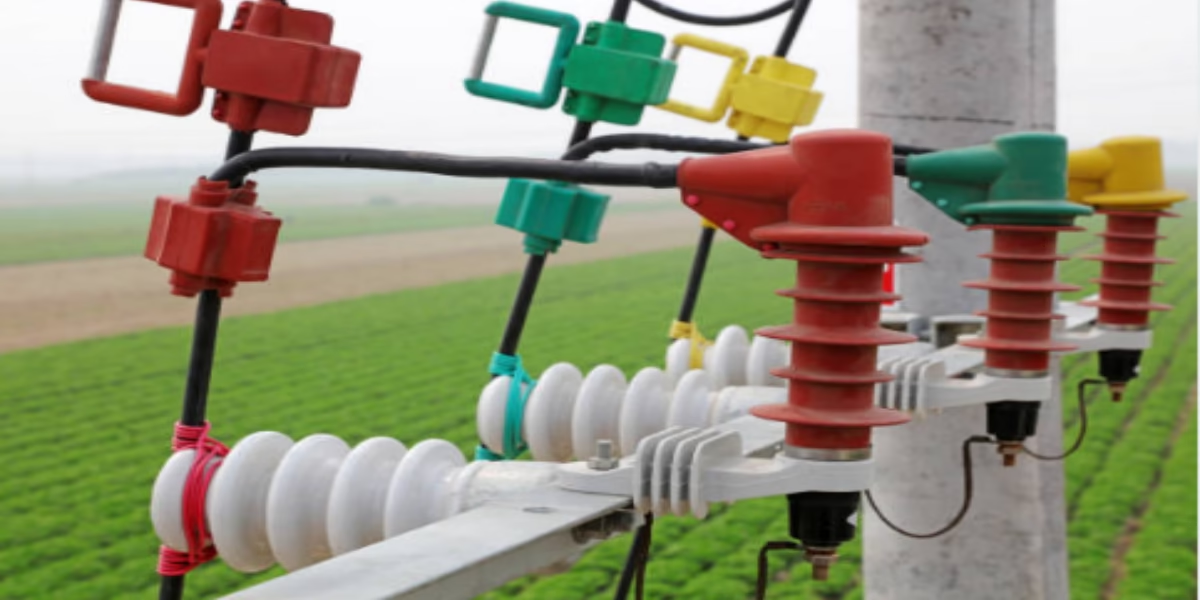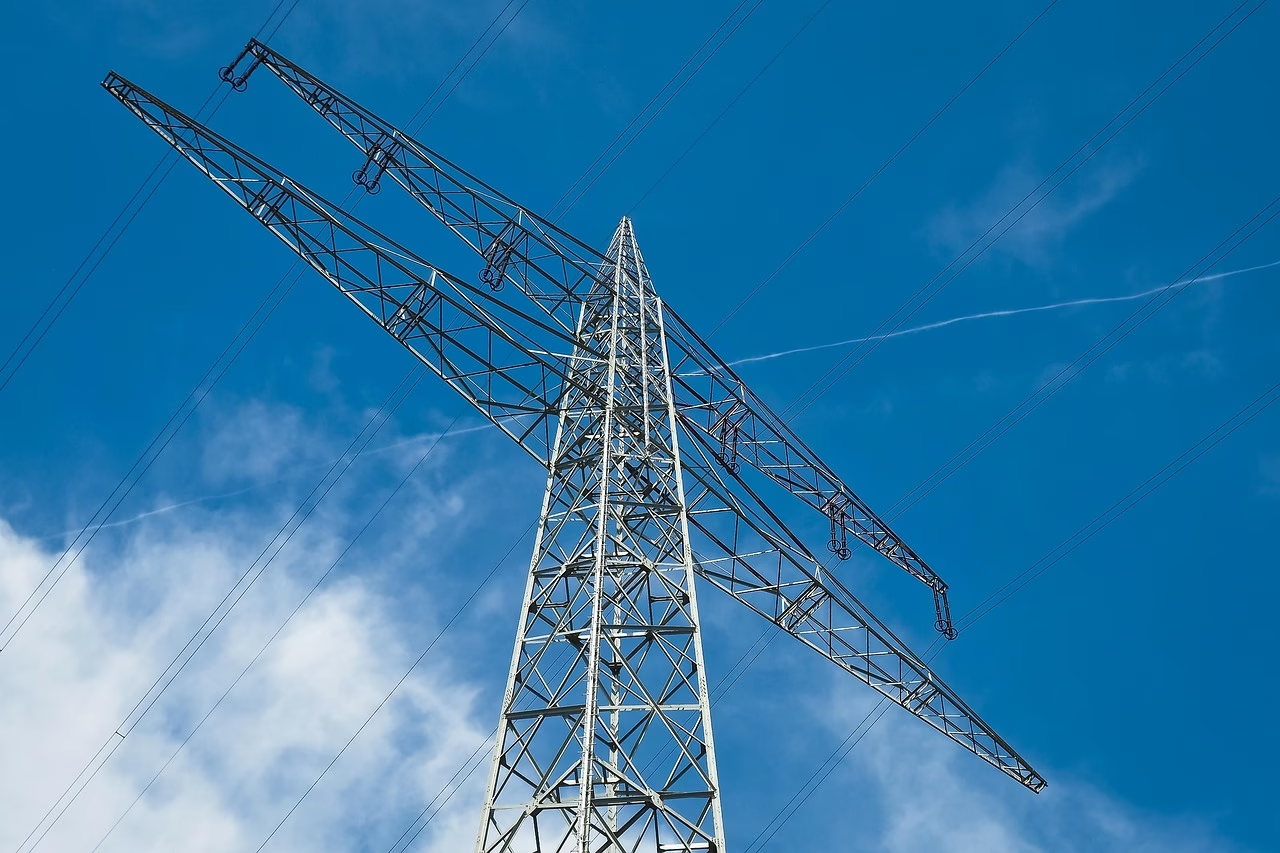In the intricate world of electrical systems, where the unseen currents dance along cables and circuits pulse with energy, the crucial role of disconnect switches ofen goes unnoticed.These devices, seemingly simple in design, serve as the guardians of safety, standing ready to interrupt electricity flow and avert potential hazards. As we delve into the nuances of disconnect switches, we will uncover their basic functionality, the critical safety features thay provide, and their indispensable presence in both residential and industrial applications. Understanding these switches equips us with the knowledge to appreciate their importance, ensuring that we not only harness the power of electricity but do so with the utmost care and responsibility. Join us as we unravel the complexities behind these essential components and discover how they contribute to a safer, more reliable electrical landscape.
Table of Contents
- Exploring the Essential Role of Disconnect Switches in Electrical Systems
- Safety Protocols: best Practices for Installing and Maintaining Disconnect Switches
- Functionality insights: How Disconnect Switches Enhance System Reliability
- Choosing the Right Disconnect Switch: Key Features and Considerations
- Q&A
- Concluding Remarks
Exploring the essential Role of Disconnect Switches in Electrical systems
In any electrical system, disconnect switches play a crucial role in ensuring both safety and functionality. These devices provide a means to isolate sections of the electrical circuit for maintenance, repair, or emergencies. Designed for high voltage usage, disconnect switches allow for the safe disconnection of electrical loads, minimizing risk during servicing. Some key benefits of disconnect switches include:
- Enhanced Safety: By effectively isolating electrical circuits, they protect workers from the dangers of live currents.
- System Management: They facilitate improved system operation and maintenance by allowing for controlled power shutdowns.
- Prevention of Equipment Damage: Disconnect switches help prevent overloads and electrical faults that could potentially damage machinery.
Moreover, disconnect switches contribute to the efficiency of electrical systems through their diverse types and applications.Depending on the specific requirements, these switches can be categorized as either manual or automatic, offering versatility in operation.For example, in industrial environments, load break switches are particularly valuable, as they ensure safe disconnection even under load. The following table highlights the different types of disconnect switches and their specific uses:
| Type | Application |
|---|---|
| Manual Disconnect Switch | Routine maintenance and servicing. |
| Automatic Disconnect Switch | Emergency disconnection in fault conditions. |
| Load Break Switch | Isolation under load; commonly used in industrial settings. |
Safety Protocols: Best Practices for Installing and Maintaining Disconnect Switches
Ensuring safety during the installation and maintenance of disconnect switches is paramount in preventing electrical hazards and ensuring operational efficiency.Begin by adhering to the manufacturer’s specifications and the local electrical codes, which provide essential guidelines. Before starting any work,it is indeed critical to de-energize the circuit and use appropriate locking mechanisms to prevent accidental re-energization. Always wear appropriate personal protective equipment (PPE), such as insulated gloves and safety goggles, to mitigate risks associated with electrical work. Additionally, it’s critically important to maintain clear communication among team members, especially when operating close to live circuits.
Regular inspections and maintenance of disconnect switches can considerably enhance safety and prolong equipment life. Create a schedule that includes routine checks for corrosion, loose connections, and mechanical wear. Use a checklist to ensure no step is overlooked, which might encompass the following items:
| Maintenance Task | Frequency |
|---|---|
| Visual Inspection | Monthly |
| Torque Test on Connections | Quarterly |
| Functional Testing | annually |
Ensuring the cleanliness of the disconnect switch area is also vital; dust and debris can lead to overheating or malfunction. Implement a process for cleaning and servicing, and always document findings and maintenance performed for future reference. By practicing diligent maintenance and safety protocols, you contribute to a safer working surroundings and effectively reduce the risks of electrical failures.
Functionality Insights: How Disconnect Switches Enhance System Reliability
Disconnect switches play a pivotal role in enhancing the reliability of electrical systems by providing a means to safely isolate electrical circuits during maintenance or emergencies. These switches can effectively interrupt the flow of electricity,which helps in preventing potential hazards like electrical shocks or equipment damage. When installed correctly, they contribute to improved operational efficiency by ensuring that systems can be serviced without the risk of accidental energization. The robust design of disconnect switches allows them to withstand harsh conditions, thereby reducing downtime and extending the lifespan of connected equipment.
Moreover, the integration of disconnect switches into electrical systems supports compliance with safety regulations and standards. By facilitating routine maintenance checks and offering a clear demarcation between live and de-energized circuits, these switches bolster the safety protocols essential in industrial and commercial settings. Key advantages include:
- Enhanced Safety: Protects personnel from electrical hazards.
- operational Adaptability: Allows for easy maintenance and system upgrades.
- Reduced Downtime: Quicker repairs through safe isolation techniques.
the effectiveness of disconnect switches lies in their ability to serve as a bridge between operational reliability and safety, ensuring that both equipment and personnel are shielded from unforeseen electrical disruptions.
Choosing the Right Disconnect Switch: Key Features and Considerations
when selecting a disconnect switch, it is essential to consider several key features that will impact safety and performance. voltage Rating is critical; ensure the switch can handle the specific voltage required for your application. Additionally, the current Capacity indicates how much continuous current the switch can manage without overheating. Features such as Weather resistance are vital for outdoor installations, as switches exposed to environmental elements require added durability. Make sure to evaluate the Control Mechanism, whether it’s a manual lever or an electronic actuator, to ensure it aligns with your operational needs.
Furthermore, it’s important to think about Mounting Options; will it be wall-mounted or panel-mounted? This choice can affect accessibility and user convenience. another consideration is the Isolation Mechanism, which ensures that the circuits are entirely de-energized for safe maintenance. Also, look for switches that offer Visible Disconnect indicators, which enhance safety by providing a clear view that the power is turned off. Taking time to assess these features can greatly enhance both safety and functionality, enabling the right choice for your disconnect switch needs.
Q&A
Q&A: Understanding Disconnect Switches – Safety and Functionality Unveiled
Q1: What is a disconnect switch, and what role does it play in electrical systems?
A1: A disconnect switch is a crucial component in electrical systems, designed to interrupt the flow of electricity to equipment or circuits. It acts as a safety device,allowing operators to isolate electrical equipment for maintenance or repair. By providing a visible break in the circuit, disconnect switches enhance safety by ensuring that no current flows while service personnel are working on the system.
Q2: How does a disconnect switch differ from other types of switches or circuit breakers?
A2: While all switches serve to control electrical flow, disconnect switches specifically provide a means to safely isolate equipment. Unlike circuit breakers, which can automatically interrupt current in the event of overload or fault conditions, disconnect switches must be operated manually. This intentional action ensures that personnel can verify that the equipment is indeed de-energized before conducting maintenance.
Q3: Are there different types of disconnect switches,and how do I choose the right one for my application?
A3: Yes,disconnect switches come in a variety of types,including rotary,lever,and knife blade switches,each suited for different applications. Factors to consider when selecting a disconnect switch include the voltage and current ratings, the type of load (AC or DC), and environmental conditions where it will be installed (indoor or outdoor). Consulting with an electrical engineer can also guide you in choosing the right switch for your specific needs.
Q4: What are the safety benefits of using a disconnect switch in industrial environments?
A4: The primary safety benefit of using a disconnect switch is the protection of personnel working on potentially hazardous electrical equipment. By allowing for a clear visual indication of disconnection, it minimizes accidental energization. Furthermore, it can reduce the risk of electrical arcs and shorts, contributing to safer workspaces in industrial settings.
Q5: Can you provide an overview of the installation process for a disconnect switch?
A5: Installing a disconnect switch involves several important steps. First, ensure that the power supply is turned off and properly locked out. Next, mount the switch in an accessible location, ideally within sight of the equipment it controls. Then, connect the switch to the circuit by attaching the appropriate conductors, ensuring all connections are secure and comply with electrical codes. test the switch for proper operation before re-energizing the circuit.
Q6: How often should I inspect or maintain my disconnect switch?
A6: Regular maintenance of disconnect switches is vital for ensuring continued safety and functionality. it's recommended to conduct visual inspections quarterly, looking for signs of wear, corrosion, or physical damage. If the switch is in a heavily-used or adverse environmental condition, more frequent checks may be necessary. Additionally, a thorough inspection by a qualified technician should be performed at least once a year to ensure all mechanical and electrical components are functioning correctly.
Q7: What are some common misconceptions about disconnect switches?
A7: One common misconception is that disconnect switches can be used as a substitute for circuit breakers; this is not the case. While both devices control electrical flow, only circuit breakers provide overcurrent protection. Another myth is that disconnect switches can be operated under load; in reality, they should only be switched when the circuit is de-energized to prevent arcing and damage to the switch.
Q8: Where can I learn more about disconnect switches and their applications?
A8: To deepen your understanding of disconnect switches, consider exploring resources from electrical engineering textbooks, industry standards like the National Electrical Code (NEC), and online courses that cover electrical safety and equipment operation. Manufacturer websites also provide detailed specifications and operational guides, and engaging with professionals in the field through workshops or webinars can offer valuable insights.
Concluding Remarks
understanding disconnect switches is essential for both safety and functionality in electrical systems. These unassuming yet crucial devices serve as the guardians of our electrical networks, providing a reliable means of isolating power in emergency situations, during maintenance, or when dealing with system malfunctions.As we've explored, their design and operation are rooted in both practical engineering and the imperative of safeguarding lives and equipment.As technology continues to advance, the role of disconnect switches will likely evolve, bringing new innovations that enhance our safety and improve efficiency. By staying informed about their significance and how to properly utilize them, we can contribute to a safer electrical environment for ourselves and future generations. Remember, knowledge is power—empower yourself with the information about disconnect switches and ensure that your electrical systems remain both safe and functional.





